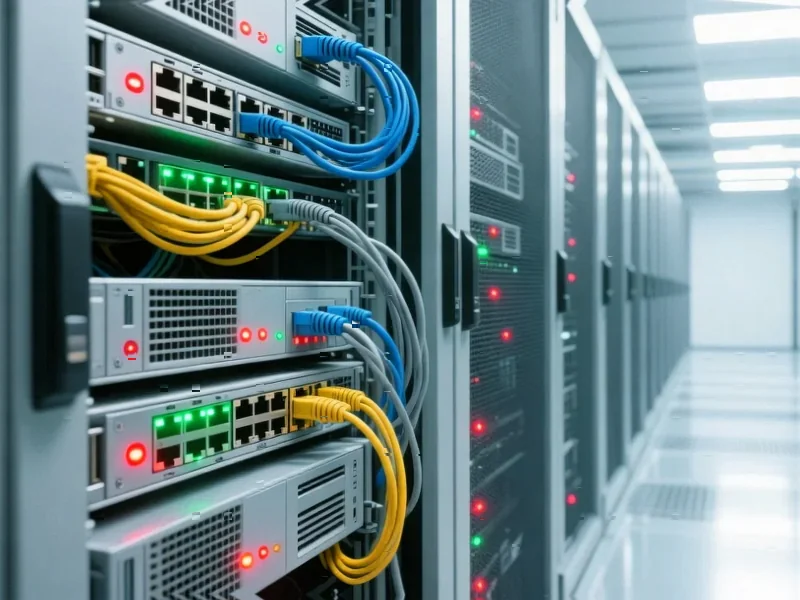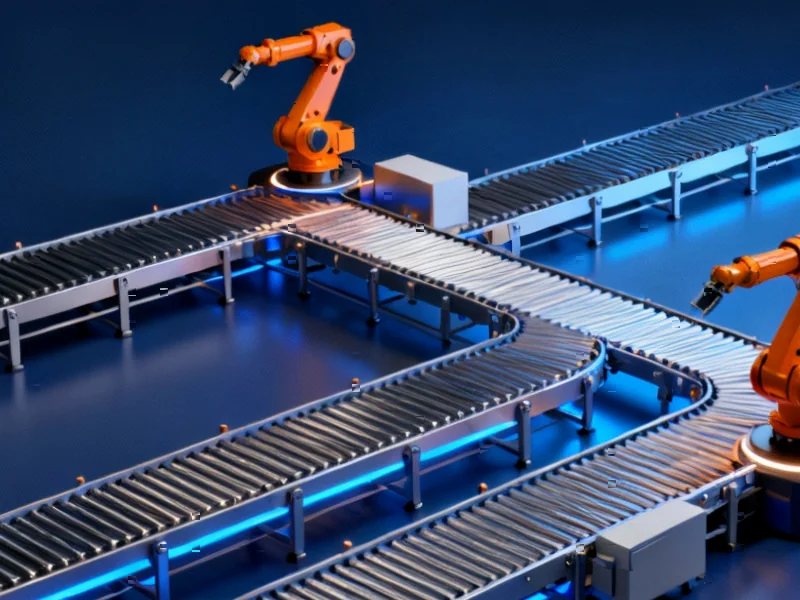According to Business Insider, Bank of America analysts have concluded there is “overwhelming evidence” that tariffs have pushed consumer prices higher, stating “we think there’s no debate” about their inflationary impact. In an October 31 research note from managing director Aditya Bhave and his team, the analysis found that tariffs account for between 30 and 50 basis points of the core personal consumption expenditure inflation rate, with consumers bearing 50% to 70% of the total tariff costs. The research indicates that since President Trump unveiled his “Liberation Day” tariffs on April 2, rates have remained elevated on countries including China and Canada despite some negotiated deals with partners like the UK and European Union. This comprehensive analysis suggests tariffs will continue to put “upward pressure” on inflation in coming months as the effective tariff rate climbs further, directly challenging claims that these policies would primarily benefit domestic manufacturers without consumer consequences.
The Economic Transmission Mechanism
What makes the Bank of America findings particularly compelling is the clear transmission mechanism from tariff policy to consumer wallets. When tariffs are imposed on imported goods, importers face an immediate cost increase that typically gets passed through the supply chain. This isn’t just theoretical economics—it’s basic business reality. Companies importing components or finished goods must either absorb the additional costs (hurting their margins) or pass them along to consumers. The research showing consumers bear 50-70% of tariff costs indicates that businesses are indeed passing along substantial portions, though not all, of these additional expenses. This creates a direct inflationary pressure that compounds throughout the economy as businesses at various stages of production adjust their pricing.
Core Inflation’s Hidden Driver
The finding that tariffs account for 30-50 basis points of core PCE inflation represents a significant contribution to the Federal Reserve’s primary inflation metric. Core PCE excludes food and energy prices, meaning these tariff effects are hitting the stable, persistent components of inflation that the Fed monitors most closely. When you consider that the Fed’s inflation target is 2%, an additional 0.3-0.5% from tariffs alone represents a meaningful deviation from target. This suggests that monetary policymakers are effectively fighting inflation that’s being partially driven by fiscal and trade policy decisions, creating a challenging policy environment where different government branches are working at cross-purposes.
Beyond Immediate Price Effects
The inflationary impact represents only the first-order effect of tariff policies. Second-order consequences include supply chain disruptions as businesses scramble to find alternative sourcing, often at higher costs even without tariffs. Third-order effects involve reduced consumer purchasing power and potential changes in spending patterns that can ripple through the broader economy. When consumers pay more for imported goods, they have less to spend on domestic services and products, potentially offsetting some of the intended benefits to domestic manufacturers. The S&P Global research cited in the source material estimating $1.2 trillion in business costs this year underscores how these policies create widespread economic friction beyond just consumer price increases.
Monetary Policy Challenges
For Federal Reserve policymakers, these findings present a significant challenge. Tariff-driven inflation is fundamentally different from demand-driven inflation, requiring different policy responses. While the Fed can use interest rates to cool an overheated economy, they have limited tools to address supply-side price pressures from trade policy. This creates a scenario where the Fed might need to maintain tighter monetary policy than otherwise necessary to combat inflation that’s being artificially created through trade measures. The timing is particularly problematic given that many economists believe we’re entering a period where structural disinflationary forces (demographics, technology) should be naturally easing price pressures.
What Comes Next
The Bank of America analysts’ warning that tariffs will continue putting upward pressure on inflation suggests we’re only seeing the beginning of these effects. As businesses work through existing inventory purchased before tariff implementation, the full cost increases will gradually work their way through the system. Additionally, if tariff rates increase further as indicated, the inflationary impact could accelerate. This creates a concerning scenario where trade policy could force the Fed to maintain restrictive monetary policy even as other economic indicators might suggest easing is appropriate. The data clearly shows that the debate has moved beyond theoretical arguments to measurable economic reality with tangible consequences for both consumers and policymakers.




